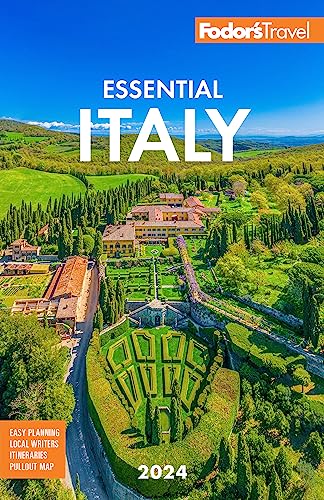Mantua (Mantova in Italian) stands tallest among the ancient walled cities of the Po Plain; it may not be flashy or dramatic, but its beauty is subtle and deep, hiding a rich trove of artistic, architectural, and cultural gems beneath its slightly somber facade. Its fortifications are circled on three sides by the passing Mincio River, which long provided Mantua with protection, fish, and a steady stream of river tolls on its meandering way from Lake Garda to the Po.
Mantua first came to prominence in Roman times as the home of Virgil, but its grand monuments date from the glory years of the Gonzaga dynasty. From 1328 until 1708, when the Austrian Habsburgs sacked the city, Gonzaga dukes and marquesses reigned over a wealthy independent commune, and the arts thrived in the relative peace. Raphael's star pupil, Andrea Mantegna, who served as court painter for 50 years, was the best known of a succession of the artists and architects who served Mantua through the years; some of his finest work, including his only surviving fresco cycle, can be seen here. Giulio Romano (circa 1499–1546), Mantegna's apprentice, built his masterpiece, Palazzo Te, on an island in the river. Leon Battista Alberti (1404–72), who designed two impressive churches in Mantua, was widely emulated later in the Renaissance.




